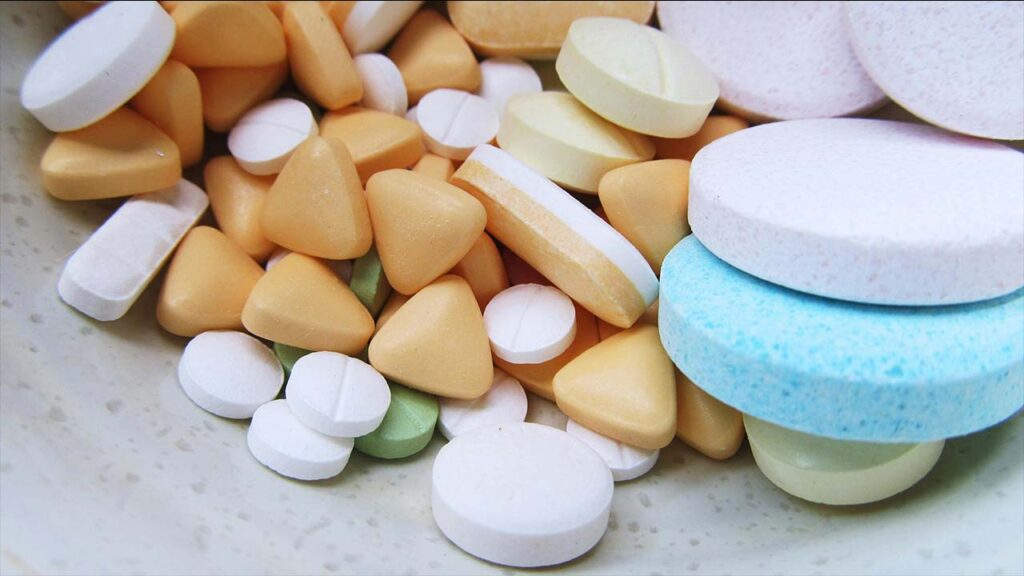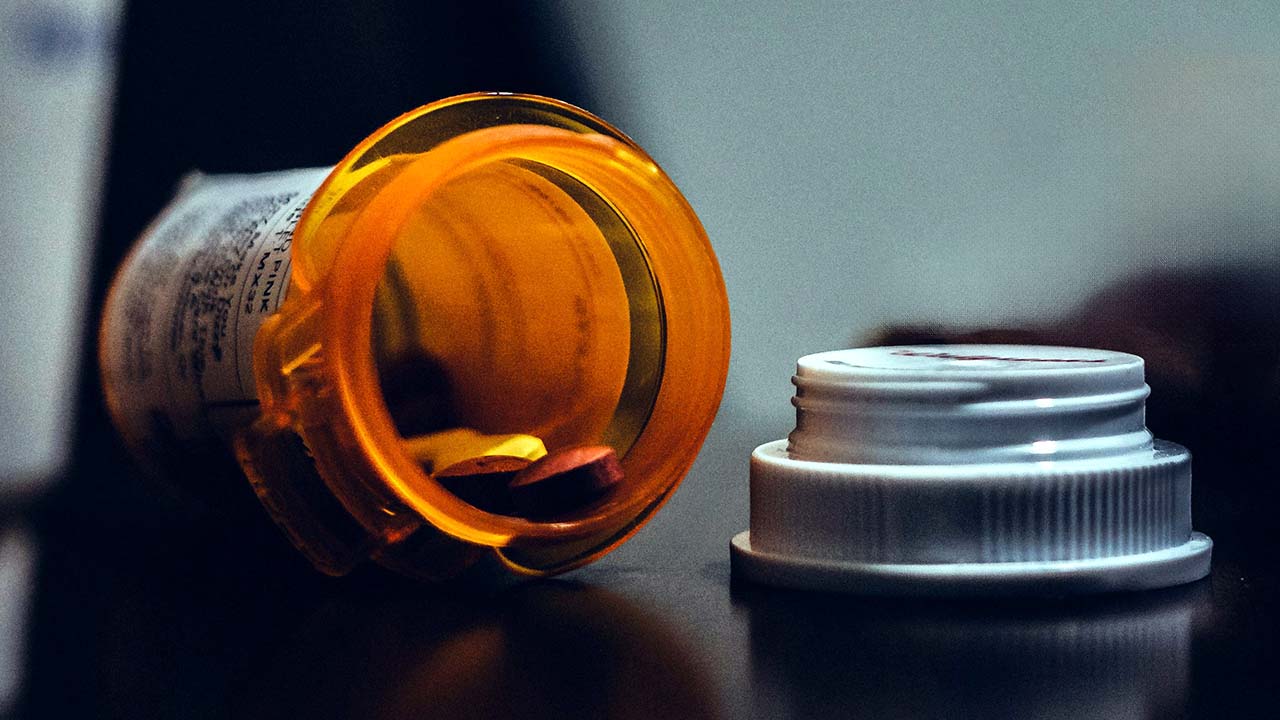Bacterial infections can be treated with the correct use of antibiotics. But in practice, bacteria develop resistance to survive. The World Health Organization (WHO) identifies bacterial resistance as one of the biggest global public health and development threats. A new drug developed against this threat has the potential to make bacterial resistance almost impossible.
How does the new drug that breaks bacterial resistance work?
University of Illinois Chicago (UIC) researchers have developed the synthetic antibiotic macrolone, which uses two different mechanisms to destroy bacteria. This makes it 100 million times more difficult for bacteria to develop resistance. Macrolones can stop protein production, like macrolides, and disrupt the DNA structure (DNA gyrase) of bacteria, like existing fluoroquinolones.

According to a WHO report last year, antimicrobial resistance directly caused 1.27 million global deaths and contributed to 4.95 million deaths in 2019. The World Bank estimates that drug resistance could increase health costs by $1 trillion by 2050.
UIC researchers discovered that macrolones can bind more tightly with the ribosome than macrolides. The ribosome is the protein-producing structure in the cell. Furthermore, the macrolones were able to block ribosomes in bacterial strains that were already resistant to macrolides. These bacteria failed to activate their antibiotic resistance genes when they encountered the new compound.
In experiments with different doses, the researchers found that certain doses blocked the ribosome, while others disrupted the cell’s DNA (such as fluoroquinolones). They determined the lowest effective dose at which macrolones could block both ribosomes and DNA gyrase enzymes.
The beauty of this antibiotic is that it can hit two different targets in bacteria. “When the antibiotic hits both targets at the same concentration, the bacteria lose their ability to acquire resistance through random mutations in either of the two targets,” said Alexander Mankin.
What happens next? More research is needed to determine how such macrolide antibiotics can be used effectively. “The main outcome of all this work is to understand how we need to go forward,” Mankin said. “And the understanding we give to chemists is that they need to optimize these macrolones to hit both targets.”
It is not yet clear when therapies based on these new dual-acting antibiotics will be available to patients. But the full study, which could kick-start the process, has been published in Nature’s Chemical Biology.














